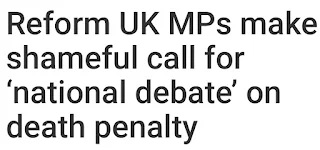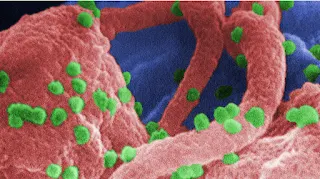Dear 222 News viewers, sponsored by smileband,
On January 20, 2025, during President Donald Trump’s inauguration rally, Elon Musk delivered a speech in which he made a gesture that many interpreted as a Nazi salute. This action has ignited widespread controversy and backlash.
Observers, including politicians such as Alexandria Ocasio-Cortez and Jerry Nadler, as well as historian Ruth Ben-Ghiat, criticized the gesture, viewing it as a fascist salute. Musk responded on X (formerly Twitter), stating, “The ‘everyone is Hitler’ attack is sooo tired,” but did not explicitly deny the claims.
The Anti-Defamation League (ADL) commented that Musk did not make a Nazi salute but “made an awkward gesture in a moment of enthusiasm.” However, former ADL national director Abraham Foxman described the gesture as a “Heil Hitler Nazi salute.”
In response to the backlash, Musk posted a series of Nazi-related puns on X, which further fueled criticism. The ADL condemned these posts, stating, “The Holocaust is not a joke.”
The controversy has led to significant actions from online communities. Moderators of over 50 subreddits on Reddit, with a combined membership of at least 40 million, have banned links to X in protest of Musk’s gesture and subsequent comments.
This incident has sparked a broader discussion about public figures’ responsibilities and the impact of their actions on societal norms.
Here are the key points regarding Elon Musk’s controversial gesture:
1. The Gesture:
• During a Trump rally on January 20, 2025, Elon Musk made a hand gesture that many interpreted as resembling a Nazi salute.
2. Backlash:
• Prominent figures, including politicians Alexandria Ocasio-Cortez and Jerry Nadler, as well as historian Ruth Ben-Ghiat, criticized the act as a fascist symbol.
• Former Anti-Defamation League (ADL) director Abraham Foxman called the gesture a “Heil Hitler Nazi salute.”
3. Musk’s Response:
• Musk denied the interpretation, posting on X (formerly Twitter), “The ‘everyone is Hitler’ attack is sooo tired,” but did not directly clarify the gesture.
• He also posted Nazi-related puns, which drew further condemnation.
4. ADL Reaction:
• The ADL stated Musk did not make a Nazi salute but criticized his follow-up posts, emphasizing, “The Holocaust is not a joke.”
5. Community Boycott:
• Moderators of over 50 subreddits on Reddit, representing 40 million users, banned links to X in protest of Musk’s actions and comments.
6. Broader Implications:
• The controversy has reignited debates on public figures’ responsibilities and the societal impact of their behavior.
Conclusion: Elon Musk’s gesture during a Trump rally and his subsequent comments have sparked significant backlash, drawing criticism from politicians, historians, and organizations like the ADL. While Musk denied the accusations of making a Nazi salute, his lack of clarity and provocative follow-up posts have deepened the controversy. The incident has not only damaged his public image but also reignited debates about the responsibilities of influential figures in shaping public discourse and their accountability in preventing the normalization of hate symbols or rhetoric. This episode serves as a reminder of the power and consequences of actions in the public eye.
Attached is a news article regarding Elon musk Nazi gesture at trumps inauguration
Article written and configured by Christopher Stanley
<!-- Google tag (gtag.js) --> <script async src="https://www.googletagmanager.com/gtag/js?id=G-XDGJVZXVQ4"></script> <script> window.dataLayer = window.dataLayer || []; function gtag(){dataLayer.push(arguments);} gtag('js', new Date()); gtag('config', 'G-XDGJVZXVQ4'); </script>
<script src="https://cdn-eu.pagesense.io/js/smilebandltd/45e5a7e3cddc4e92ba91fba8dc










